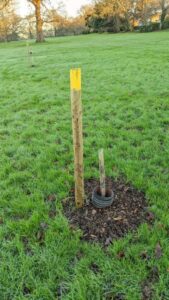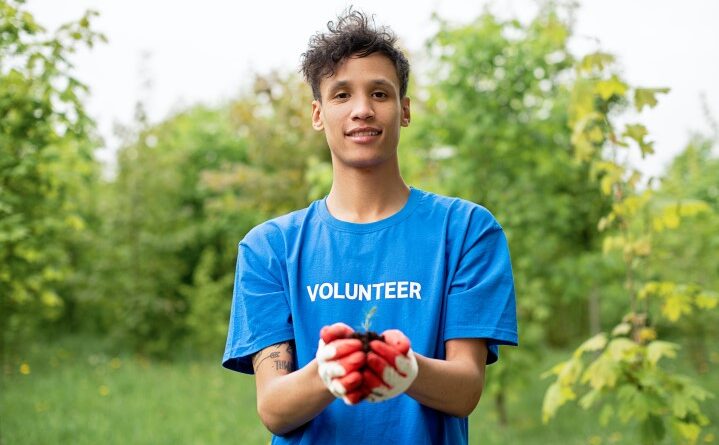We should be doing nothing to save the planet
- Complaining about the Mainland - 17th August, 2024
- New island designation – is it just greenwash? - 26th April, 2024
- Police and Crime Commissioners – a solution or a problem? - 21st April, 2024
Planting trees has become a barometer for public greenness. During the last general election campaign, Labour pledged to plant two billion trees, the Green Party 700 million, and the Conservatives 30 million more every year. In just one day, the Ethiopian government claimed to have planted over 350 million trees. YouTuber MrBeast started the #Teamtrees campaign in 2019 which so far has planted over twenty million trees with donations from celebrities including Elon Musk, PewDiePie, and Jeffree Star. Some serious publicity points are being earned by tree planting.

So that’s a good thing. I am not going to complain about people planting trees. But maybe I’m a bit uncomfortable with the gamifying of tree-planting so it’s just a competition of numbers. I mean, is planting two billion trees better than 700 million? Not always, because not all trees are equal. A Christmas tree will do less to help local wildlife than an oak tree. And planting a tree is in no way the same as having a tree. It is easy to plant trees. It is difficult to ensure those trees grow to maturity. So for example, more than one-third of saplings planted along the HS2 rail line route in 2017-18 had died a year later. That’s a poor success rate, and although these ones were replanted I think we can imagine what would happen in less scrutinised tree-planting projects.
So what is the alternative? Actually, for us, there is one, and it’s remarkably easy. The alternative is to do nothing at all. In temperate countries such as ours, if you leave a bit of land alone it will start growing trees all by itself. It will take decades, but trees will come. Here on the Island, where deer browsing is almost non-existent, it will be quicker than most other places. The advantages of this approach are many. It is free, for a start. Nothing to buy or do. A fence, if you want, but that’s it. You also automatically get the correct trees for the spot. The trees that survive there will be the ones descended from other successful trees nearby. So they are well-adapted to the area. They won’t need staking because they will naturally grow to be strong enough to stand up – as trees do all the time, without our help.
The final, and greatest advantage is that doing nothing costs no carbon emissions. From day one, every gram of biomass that grows is a net gain in carbon sequestration. Compare this with traditional tree planting where saplings are typically shipped from Europe, the ground is excavated and chemical fertiliser is applied, then trees are protected with chemically-treated wooden stakes and plastic tree guards. You’ve got a long way to go before the new trees – if they survive – store more carbon than their planting process has emitted. So by all means plant trees. But remember to look after them when you do, and also consider not planting trees, too. Sometimes that is even better.
See also: BBC: Planting trees doesn’t always help with climate change
Originally published in the Isle of Wight County Press October 2021



I spend a lot of time trying to stop people planting trees on species rich grassland. It needs to be the right tree in the right place.
While abandonment will produce trees we have plenty of examples of even aged single species scrub that have resulted from this. To address the biodiversity emergency as well as the climate emergency woodlands are best developed in species poor areas under low levels of grazing. The woodland will take longer to develop but will be much richer in wildlife. Limited planting can be useful where there is limited local seed source. By planting native trees suited to the local geology you can introduce a seed source that might otherwise take centuries to arrive naturally
The other thing that annoys me is counting the number of trees not canopy cover. Half the spacing between the trees you are planting and you will plant 4 times the number of trees but you won’t get any more surviving to maturity as they naturally self thin once the optimum planting density is passed. Indeed commercial forestry deliberately plants beyond the optimal density to suppress competition, and then thins to the final desired density. The old we plant two trees for every one we fell trick, yes but only one of them is going to survive to refill the canopy space left by the one you felled!